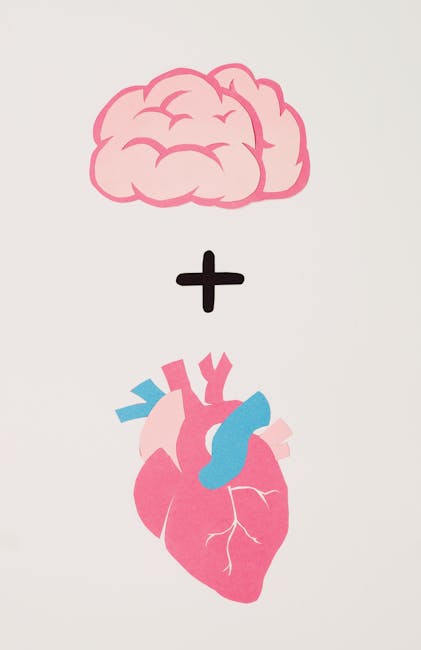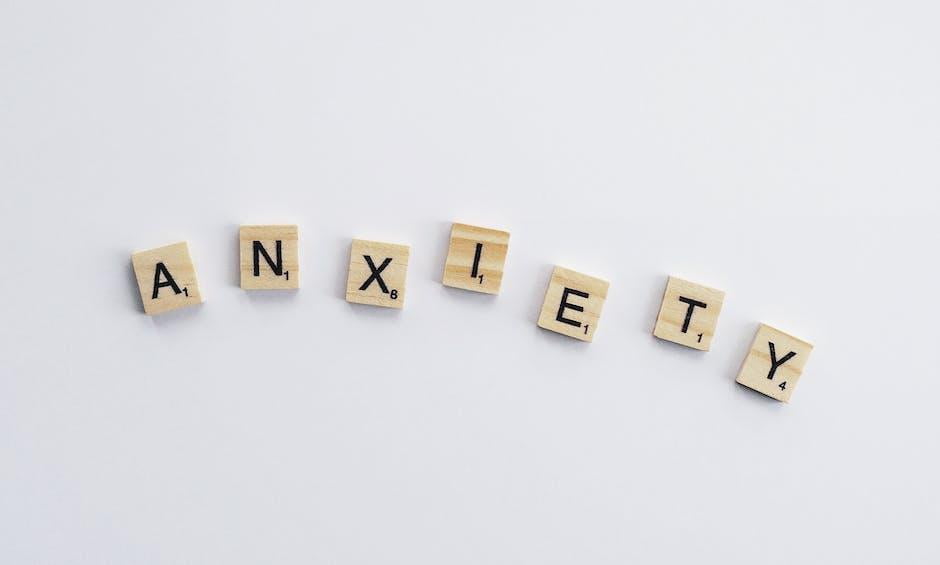The role of creativity in managing mental health is like a hidden gem waiting to be discovered.
Creativity offers a unique way to express emotions, reduce stress, and foster community connections.
But why should you care?
Because understanding this connection can unlock new paths to mental wellness and personal growth.
Let’s dive into this colorful world and explore how creativity can be a powerful ally in mental health management.
Key Takeaways
- Creativity provides a healthy outlet for emotional expression and stress relief.
- Engaging in creative activities can foster community and build support networks.
- Research supports the positive impact of creativity on mental health.
- Incorporating creativity into daily life offers economic and personal benefits.
Introduction to Creativity and Mental Health
Definition of Creativity
Creativity is the ability to think outside the box, to see the world through a different lens, and to bring new ideas to life.
It’s not just about painting or writing; it’s about finding innovative solutions and expressing oneself in unique ways.
Creativity is like a kaleidoscope, offering endless possibilities and perspectives.
Overview of Mental Health
Mental health is a vital part of our overall well-being.
It encompasses our emotional, psychological, and social well-being, affecting how we think, feel, and act.
Mental health challenges can be like stormy weather, unpredictable and overwhelming, but with the right tools, we can navigate through them.
Connection Between Creativity and Mental Health
The connection between creativity and mental health is like a bridge, linking expression with healing.
Creative activities can help individuals process emotions, reduce stress, and build resilience.
By engaging in creative pursuits, people can find solace and strength in their mental health journey.

Creativity as an Outlet for Expression
Emotional Processing Through Art
Art as a Form of Self-Expression
Art is a powerful form of self-expression, allowing individuals to convey emotions that words often fail to capture.
Whether through painting, music, or dance, art provides a safe space to explore feelings and experiences.
It’s like a mirror reflecting the soul, revealing hidden depths and truths.
Therapeutic Benefits of Creative Expression
Creative expression offers therapeutic benefits, helping individuals process emotions and find peace.
Engaging in art can be like a gentle breeze, calming the mind and soothing the soul.
It’s a way to release pent-up emotions and find clarity amidst chaos.
Reducing Stress and Anxiety
Mechanisms of Stress Reduction
Creativity can reduce stress and anxiety by providing a distraction from daily worries.
Engaging in creative activities can be like a mini-vacation for the mind, offering a break from the hustle and bustle of life.
It’s a way to recharge and rejuvenate, promoting relaxation and well-being.
Examples of Stress-Relieving Creative Activities
There are countless creative activities that can help reduce stress, from painting and drawing to writing and crafting.
These activities offer a sense of accomplishment and joy, like a warm hug on a cold day.
They provide an opportunity to unwind and focus on the present moment.

Community and Social Benefits of Artistic Engagement
Fostering a Sense of Community
Group Art Projects and Workshops
Participating in group art projects and workshops can foster a sense of community and belonging.
These activities bring people together, creating connections and friendships.
It’s like a tapestry, weaving diverse threads into a beautiful and cohesive whole.
Building Support Networks Through Art
Art can also help build support networks, providing a space for individuals to share their experiences and find encouragement.
These networks can be like a safety net, offering support and understanding during challenging times.
Encouragement and Inspiration from Community Support
Sharing Creative Works
Sharing creative works with others can be a source of encouragement and inspiration.
It allows individuals to showcase their talents and receive feedback, like a spotlight shining on their achievements.
This sharing can boost confidence and motivate further exploration.
Collaborative Artistic Endeavors
Collaborative artistic endeavors can spark creativity and innovation.
Working together on creative projects can be like a symphony, with each participant contributing their unique voice to create something beautiful and harmonious.

Evidence and Research on Creativity and Mental Health
Studies Linking Creativity to Improved Mental Health Outcomes
Overview of Key Research Findings
Research has shown that engaging in creative activities can lead to improved mental health outcomes.
Studies have found that creativity can reduce symptoms of depression and anxiety, enhance mood, and promote overall well-being.
It’s like a beacon of hope, guiding individuals toward a brighter future.
Case Studies and Examples
Numerous case studies highlight the positive impact of creativity on mental health.
For example, art therapy has been shown to help individuals process trauma and find healing.
These examples serve as a testament to the power of creativity in mental health management.
Recognition in Public and Professional Spheres
Growing Awareness and Acceptance
There is growing awareness and acceptance of the role of creativity in mental health.
Public and professional spheres are recognizing the benefits of creative expression, leading to increased support and resources.
It’s like a wave of change, transforming the landscape of mental health care.
Initiatives Promoting Arts in Mental Health
Various initiatives are promoting the use of arts in mental health, offering programs and workshops to support individuals in their creative journeys.
These initiatives are like seeds, planting the potential for growth and transformation.

Practical Applications of Creativity in Daily Life
Incorporating Artistic Activities into Routines
Simple Creative Practices for Mental Wellness
Incorporating simple creative practices into daily routines can enhance mental wellness.
Activities like journaling, doodling, or playing an instrument can be like a breath of fresh air, invigorating the mind and spirit.
These practices offer a moment of pause and reflection amidst the busyness of life.
Balancing Creativity with Daily Responsibilities
Balancing creativity with daily responsibilities can be challenging, but it’s essential for maintaining mental health.
Finding time for creative pursuits can be like finding a hidden treasure, offering joy and fulfillment in everyday life.
Economic and Personal Benefits
Cost-Effective Mental Health Strategies
Creative activities offer cost-effective mental health strategies, providing an accessible way to manage stress and improve well-being.
They can be like a wise investment, yielding valuable returns in terms of mental health and happiness.
Long-Term Personal Growth and Resilience
Engaging in creative pursuits can lead to long-term personal growth and resilience.
These activities can help individuals develop new skills, build confidence, and foster a sense of purpose.
It’s like planting a garden, nurturing growth and flourishing over time.
Conclusion
Summary of Key Points
Creativity plays a vital role in managing mental health, offering a unique outlet for expression, stress relief, and community building.
Research supports the positive impact of creativity on mental health, highlighting its potential as a powerful tool for well-being.
Encouragement to Explore Creative Outlets
Exploring creative outlets can be a rewarding journey, offering opportunities for self-discovery and healing.
Whether through art, music, or writing, creativity can be a guiding light in the path to mental wellness.
Future Directions for Creativity in Mental Health Management
As awareness of the connection between creativity and mental health continues to grow, there is potential for further exploration and innovation.
By embracing creativity, individuals can unlock new possibilities for mental health management and personal growth.
For more insights on how creativity can be used as a tool for mental health advocacy, check out this article.
Additionally, you can explore the impact of microdosing on creativity and mental health for a deeper understanding of how creativity can enhance mental well-being.
Exploring the FAQ: The Role of Creativity in Managing Mental Health
What is the connection between creativity and mental health?
Creativity can play a significant role in mental health by providing an outlet for expression and emotional release. Engaging in creative activities can help individuals process emotions, reduce stress, and improve overall well-being.
How can creative activities benefit mental health?
Creative activities such as painting, writing, or playing music can enhance mood, increase self-esteem, and foster a sense of accomplishment. These activities can also serve as a distraction from negative thoughts and provide a sense of purpose and fulfillment.
Can creativity be used as a therapeutic tool?
Yes, creativity is often used in therapeutic settings, such as art therapy or music therapy, to help individuals explore their emotions and experiences. These therapies can facilitate communication, promote healing, and support mental health recovery.
Is there scientific evidence supporting the benefits of creativity for mental health?
Research has shown that engaging in creative activities can lead to increased levels of dopamine, a neurotransmitter associated with pleasure and reward. Studies also suggest that creative expression can reduce symptoms of anxiety and depression.
What types of creative activities are most effective for mental health?
The effectiveness of creative activities can vary depending on the individual. However, activities that allow for self-expression and personal enjoyment, such as drawing, journaling, or dancing, are often beneficial for mental health.
Can anyone benefit from creativity for mental health, or is it only for those with artistic talent?
Anyone can benefit from creativity, regardless of their artistic talent. The focus is on the process of creation rather than the final product. Engaging in creative activities can be a personal and rewarding experience for everyone.
How can someone incorporate creativity into their daily routine to support mental health?
Incorporating creativity into daily life can be as simple as setting aside time for a creative hobby, keeping a journal, or exploring new artistic activities. The key is to find activities that bring joy and relaxation.
Are there any potential drawbacks to using creativity for mental health?
While creativity can be beneficial, it’s important to ensure that it doesn’t become a source of stress or pressure. It’s crucial to approach creative activities with an open mind and focus on the enjoyment and therapeutic aspects rather than perfection.
How does creativity help in building resilience against mental health challenges?
Creativity fosters problem-solving skills and adaptability, which can help build resilience. By engaging in creative processes, individuals can learn to navigate challenges, cope with stress, and develop a more positive outlook on life.
Can creativity be combined with other mental health treatments?
Yes, creativity can complement other mental health treatments such as therapy or medication. It can serve as an additional tool to enhance well-being and support the overall treatment plan.



